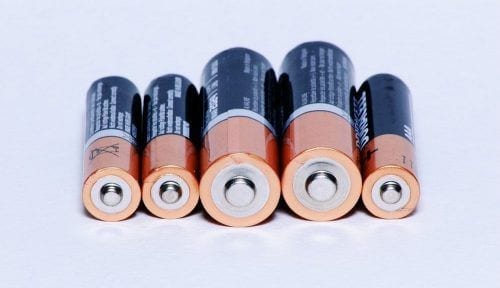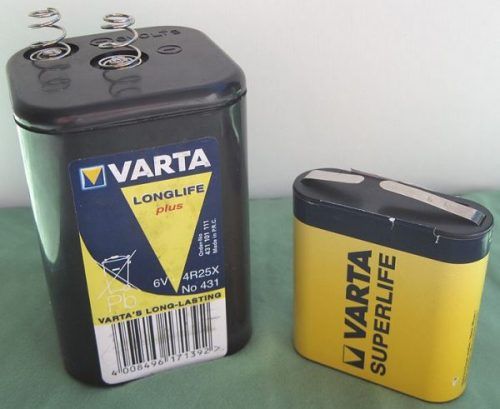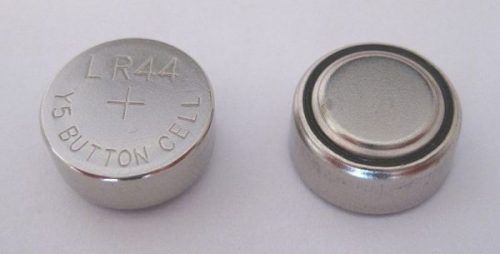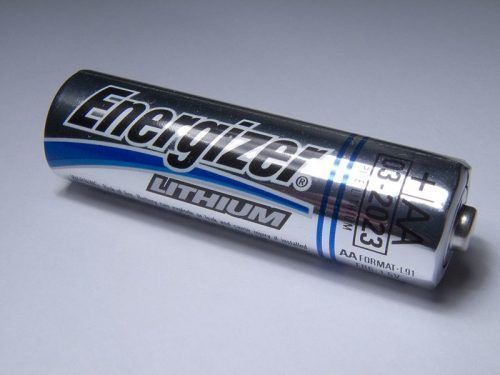There are many types of batteries,and each one has a particular composition and characteristics; First We will mention one by one and we will define its composition, operation and main characteristics.
What are the batteries?
A battery It is a device through which chemical energy is converted into electrical energy by means of a transient chemical procedure. After that process its activity ceases and its constituent elements must be renewed, since its characteristics are altered as part of the procedure.
INDEX
Differences between battery and battery
In a battery there is an irreversible transformation process, so when discharged it is impossible for them to be recharged and in turn, the batteries maintain their electric charge even if they pass years; as for batteries s can recover their charge by supplying them with electric current and suffer from the self-discharge, that is, they lose almost a third of their cargo in a month.
Types of non-rechargeable batteries
They are batteries designed for a single use. Its chemical composition and size varies.
CYLINDER BATTERIES They are recognized by their cylindrical shape, where their size can be diverse, as well as the chemical composition from which the electrical energy is generated.
- Alkalines They are the most common and recognized within the category of non-rechargeable batteries. They use zinc as a node and manganese dixido as their method.
- Salinas They are also known as zinc-carbon batteries and have fallen into disuse. They are less expensive than alkaline, but their capacity is lower. It is usually better to choose alkaline ones, although for specific uses they may be interesting for their cost.
- Lithium In non-rechargeable cylindrical batteries there are alternatives with lithium in its composition. They highlight because their self-discharge is low.

RECTANGULAR BATTERIES They are batteries with a rectangular shape that is not as typical as cylindrical, but certain types of devices use them. Its size is larger and there are different voltages that are above 4.5 volts.
- Alkalines They are piles with the letters LR in her name.
- Salinas They are quite difficult to find. Some models are: PP6 or PP9.
- Lithium They can be placed with a composition of manganese and lithium dixido or thionyl chloride and lithium quiz. In both cases its voltage is 9 volts.

BOTN BATTERIES They are frequently used to power small electronic devices, such as hearing aids, watches and the like. There are many sizes and composition.
- Alkalines Its voltage is 1.5 volts.
- Lithium The voltage reaches up to 3 volts. Their useful life is long and they are ideal for applications with intermittent high load.
- silver oxide They are batteries with a good resistance in terms of vibration or shaking. Their behavior is better than alkaline versus discharge.
- Zinc air cells They are used regularly for hearing aids because of their size they have a plastic legend with which its installation is easier.

BATTERIES FOR CMARA (doubles) As the name implies, they are designed to fulfill this task of providing energy to the cameras.
- Lithium Their shape may differ, so sometimes they are cylindrical or sometimes they are a set of two batteries.

Types of rechargeable batteries
Because of what has been explained as to the battery and battery difference, its real name should be rechargeable batteries. The cost of them is higher than that of single-use batteries, but over time it will be compensated in an economic sense.
You can read about:12 TIPBATTERY OS | Names, comparison, characteristics and uses
NICKEL-CADMIUM BATTERIES (NiCD) They are increasingly obsolete. They have an element such as cadmium that is polluting and in turn the memory effect that causes its capacity to decrease when not being loaded correctly.
 HYDRO METAL NQUEL-BATTERIES They do not have serious problems regarding the memory effect and are said to be non-existent for them. The energy density is higher. Anyway, its loading speed is low.
HYDRO METAL NQUEL-BATTERIES They do not have serious problems regarding the memory effect and are said to be non-existent for them. The energy density is higher. Anyway, its loading speed is low.


